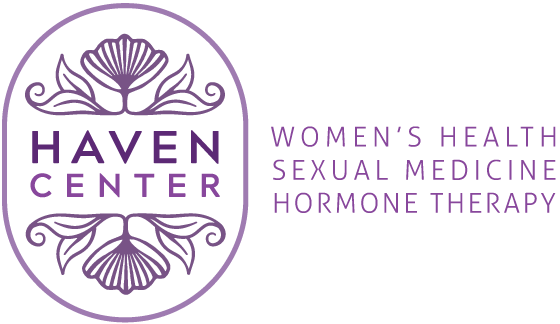This week, our focus turned to the intricate world of thyroid disease, a topic that impacts millions worldwide yet remains largely misunderstood by many. Delving into the complexities of this glandular dysfunction, we aim to shed light on its various manifestations, diagnostic measures, and treatment modalities.
The thyroid, a butterfly-shaped gland nestled in the neck, orchestrates a symphony of metabolic processes vital for cellular growth and activity. Its importance cannot be overstated, as it governs everything from metabolism to mood regulation. Despite its small size, the thyroid wields considerable influence over our overall well-being.
Thyroid disease encompasses a spectrum of conditions, with hypothyroidism (low thyroid functioning) and Hashimoto’s thyroiditis taking center stage in our discussion. The signs and symptoms of thyroid dysfunction are diverse, ranging from weight fluctuations to mood disturbances. Whether it’s the lethargy of hypothyroidism or the restlessness of hyperthyroidism, the impact on one’s quality of life can be profound.
Diagnosing thyroid disease involves a multifaceted approach, with thyroid hormone levels serving as key indicators. Thyroid-stimulating hormone (TSH), produced by the pituitary gland, acts as a barometer of thyroid activity. Elevated TSH levels often signify hypothyroidism, whereas decreased levels suggest hyperthyroidism. Additionally, assessing thyroid antibodies like thyroid peroxidase (TPO) aids in identifying autoimmune thyroid conditions such as Hashimoto’s disease.
Treatment strategies for thyroid disorders vary depending on the underlying cause and severity of symptoms. Thyroid hormone replacement therapy, utilizing medications like levothyroxine or a combination of T3 and T4 hormones, remains the cornerstone of management. Beyond conventional medications, emerging research underscores the role of adjunctive therapies such as selenium, vitamin D, and certain dietary modifications in optimizing thyroid function.
Moreover, thyroid disease intersects with various aspects of reproductive health, underscoring its relevance in gynecological and fertility contexts. Conditions like polycystic ovarian syndrome (PCOS) and primary ovarian insufficiency often coexist with thyroid dysfunction, highlighting the intricate interplay between endocrine systems.
For individuals grappling with thyroid nodules or concerns about thyroid cancer, vigilance is paramount. While thyroid cancer typically progresses slowly and responds well to treatment, early detection through regular screenings and prompt medical evaluation is essential.
In conclusion, navigating the landscape of thyroid disease requires a nuanced understanding of its complexities. As healthcare providers, we must remain vigilant in recognizing its myriad presentations and empowering patients with the knowledge to advocate for their thyroid health. By fostering collaboration between patients, clinicians, and specialists, we can strive towards improved outcomes and enhanced quality of life for all affected by thyroid disorders.

